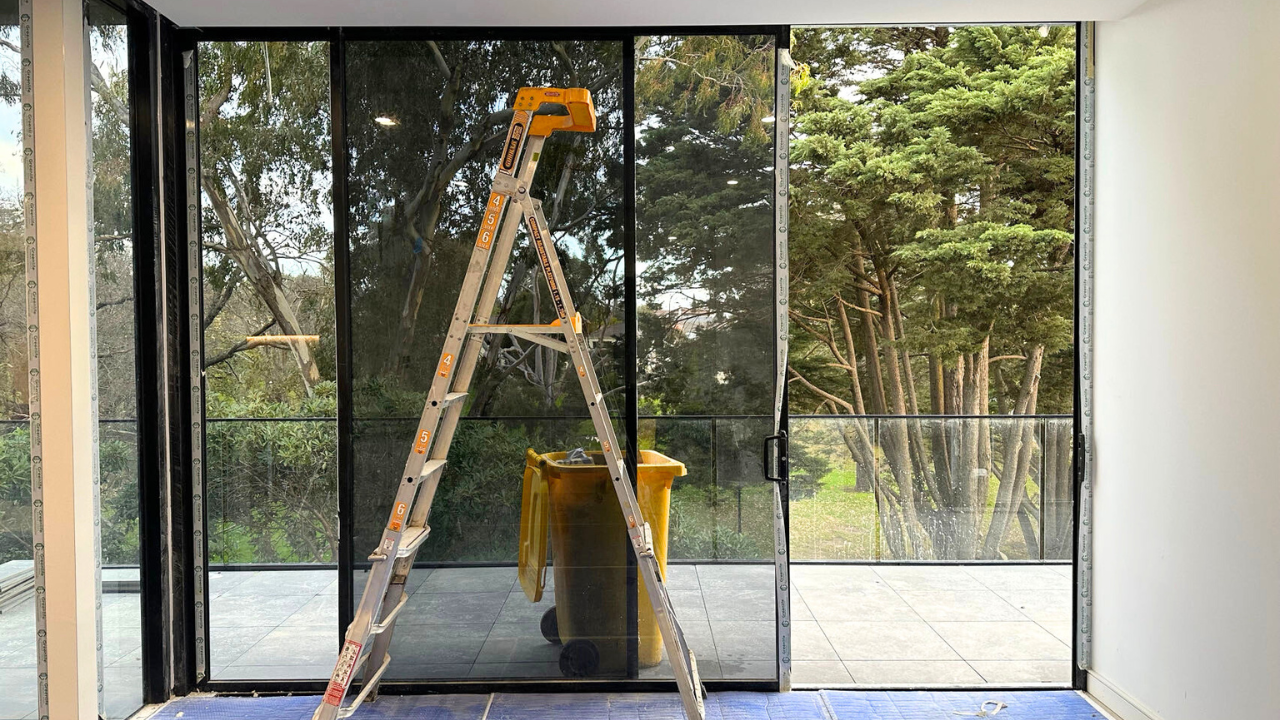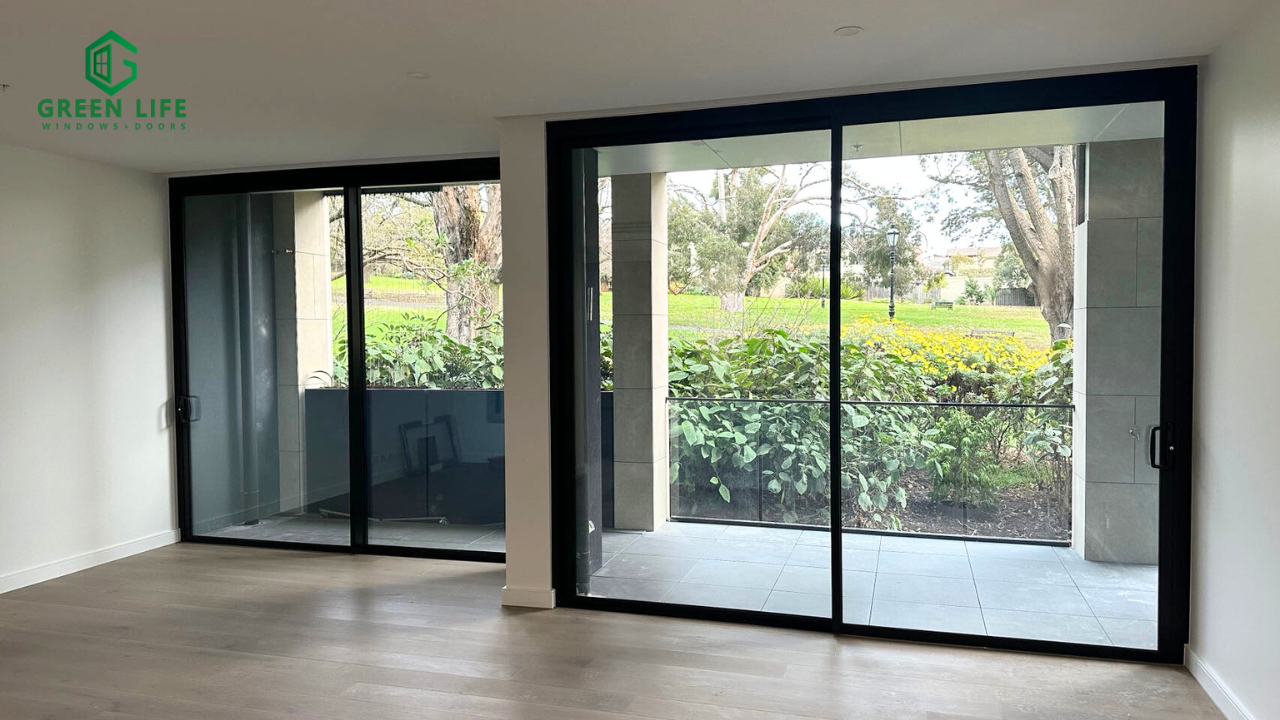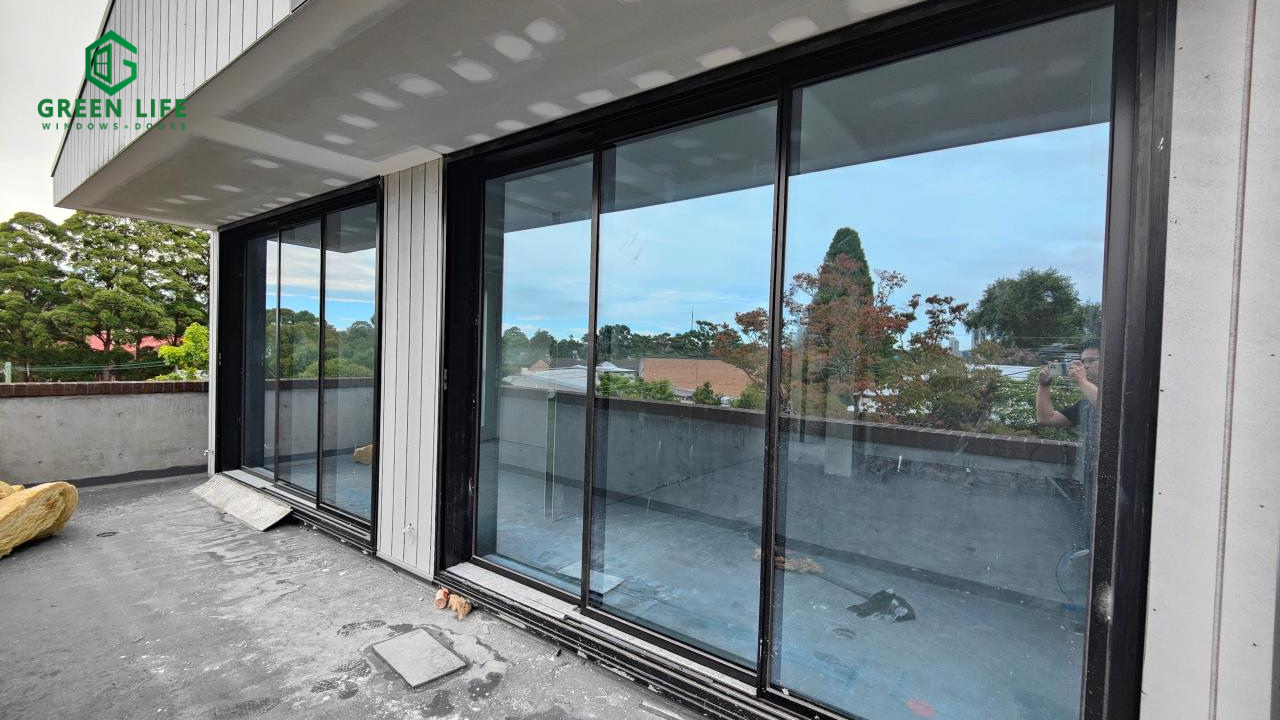Fading Furniture? How Low-E Glass Protects Interiors — Windows & Doors for Australia

Discover how Low-E glass blocks UV and reduces solar heat to protect furniture, improve comfort and save energy in Australian homes. Practical tips for choosing the right windows and doors.
Why is Australian sunshine a problem for furniture?
Australia enjoys abundant sunshine, but strong UV rays can cause fabrics, floors and furniture to fade over time. Prolonged sun exposure not only changes appearance but can shorten the life of materials. For homeowners and builders who care about interior quality and life-cycle costs, choosing the right glazing is a simple and effective way to protect interiors.
What is Low-E Glass? How does it work?
Low-E (low emissivity) glass has a very thin metallic-oxide coating applied to the glass surface. The coating reflects a portion of infrared and ultraviolet radiation while allowing visible light to pass. The result: natural daylight without as much heat and harmful UV entering the room — reducing fading and overheating.

Key benefits of Low-E (especially important for Australian families)
Slows fading: Blocks much of the UV that fades fabrics, wood floors and artwork.
Improves energy efficiency: Reduces solar heat gain in summer (and can help retain heat in winter depending on the Low-E type).
Boosts comfort: Less temperature variation and glare near windows makes living spaces more comfortable.
Saves money long term: Higher upfront cost than clear glass, but energy savings and reduced replacement of interior items offset the price over time.
Low-E vs. Clear Glass (A Simple Comparison)
UV blocking: Low-E performs significantly better.
Visible light transmission: Low-E keeps good daylight — rooms don’t become dark.
Thermal performance: Low-E typically has a lower SHGC, so it limits summer heat gain.
Cost: More expensive than plain glass but often paired with double glazing for very good value.

Choosing Low-E for the Australian climate: practical advice
Match glass to orientation: For north- or west-facing windows pick Low-E with a low SHGC to reduce summer heat. South- or east-facing glazing can use a balanced Low-E to help retain winter warmth.
Use double glazing: Pair Low-E with double glazing (IGU) for better thermal and acoustic performance.
Check performance figures: Look at U-value (insulation) and SHGC — lower numbers generally mean better performance.
Choose certified products: Make sure products meet Australian standards and ask for technical data and warranties.

Ready to upgrade your home?
If you’re in Australia and want glazing that protects interiors while improving comfort, Low-E glass should be a top choice. Start by assessing window orientation and needs, then speak with a trusted supplier about product specs and installation. Want a tailored Low-E recommendation for your home? Contact us for a free consultation and performance comparison.

.png)
.png)

.svg)
